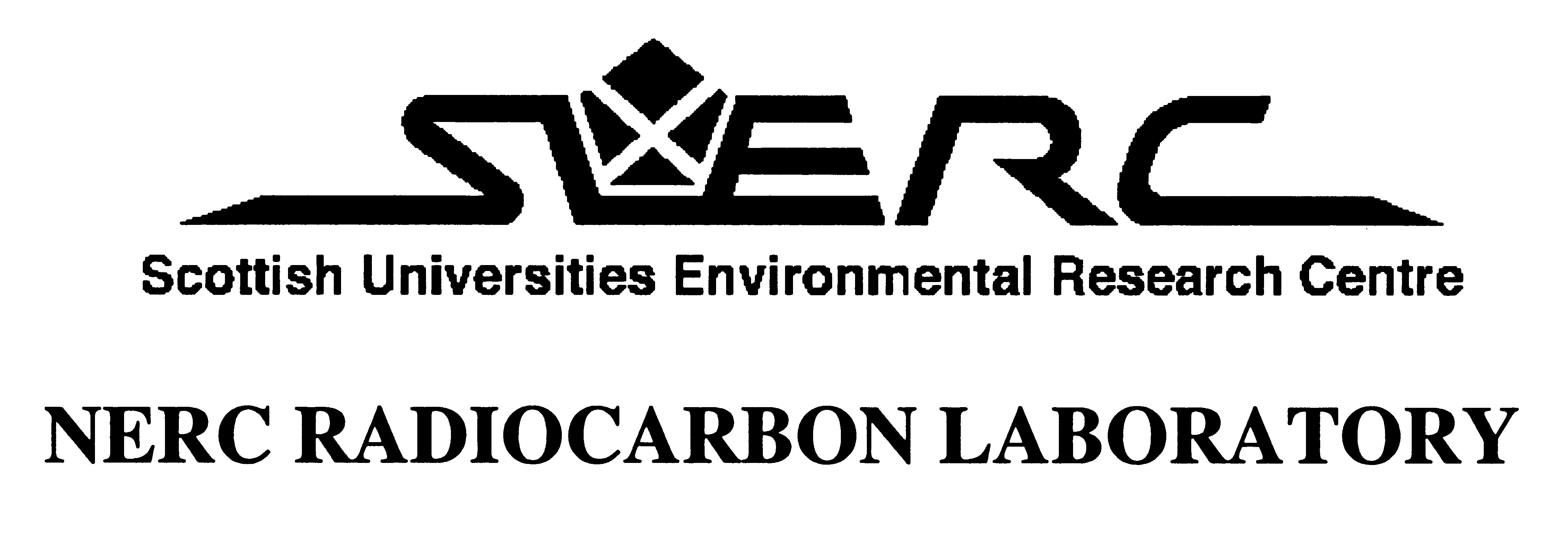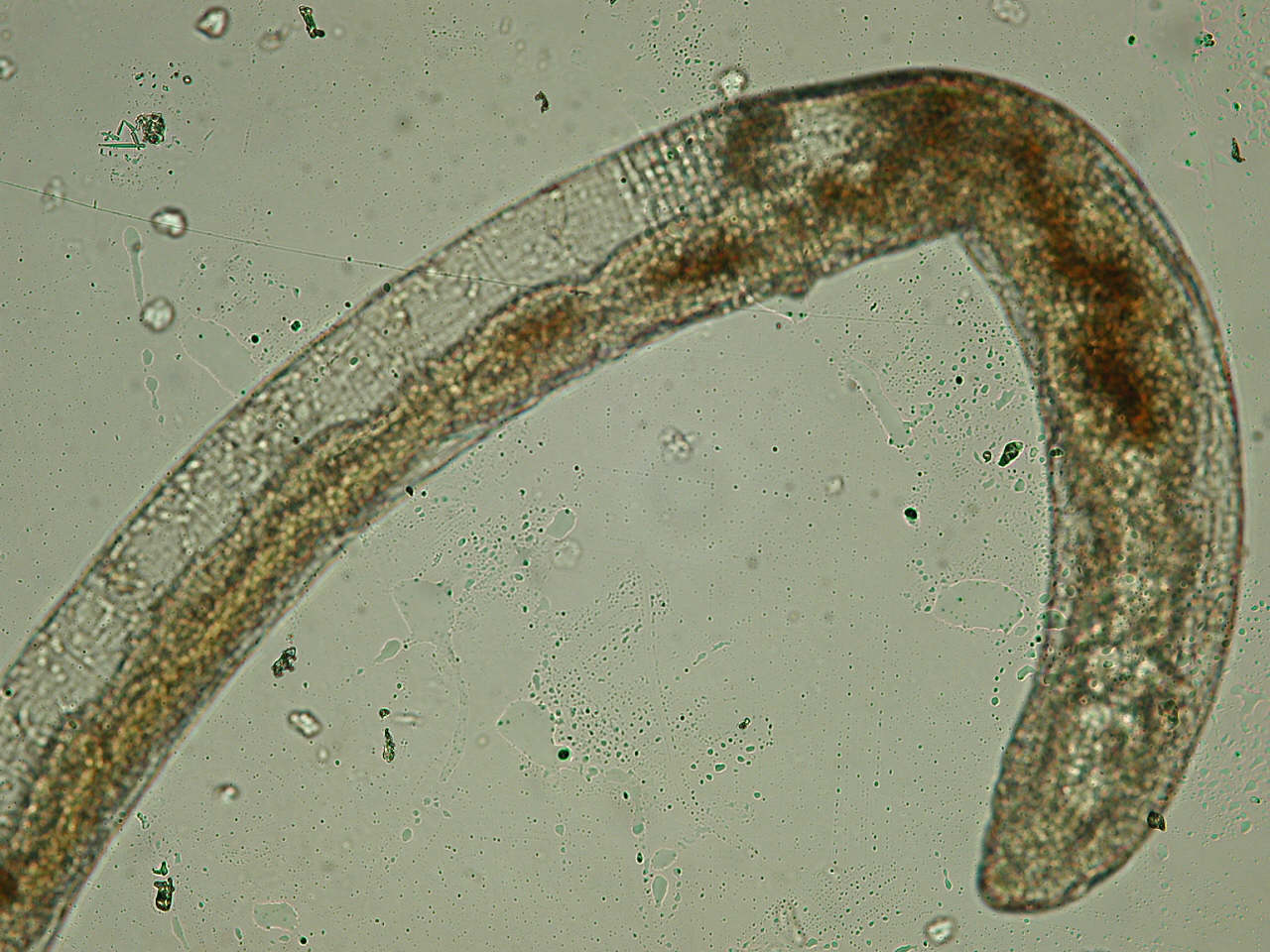Radiocarbon approaches provide in situ information on the age of the carbon assimilated by soil animals. They have have the advantage that no disturbance of the habitat is required and the potential dietary materials do not have to include changes in carbon delta values between C3 and C4 plant carbon sources.
|
 |
|
Atmospheric % modern 14C carbon |
|
|
|
Nuclear weapons testing during teh period from 1964 to 1962 resulted in a massive input of 14C into the earth´s atmosphere and this transient enrichment has been used as a global scale tracer for organic matter studies.
|
| |
Feeding behaviour of soil animals |
| |
|
Irrespective of where the animals were living in the soil profile, they assimilate C from the same sources. |
|
|
|
HOWEVER...

|
In response to heating the source of C assimilated can be altered.
|
|
Briones M.J.I. & Ineson P. (2002). Use of 14C carbon dating to determine feeding behaviour of enchytraeids. Soil Biology & Bichemistry 34: 881-884. |
| |
|
|
Irrespective of where the animals were living in the soil profile, they assimilate C from the same sources. |
|
|
|
The results show that EPIGEIC worms assimilate more recently fixed carbon (0-3 yrs old). 14C results also showed that the C assimilation of the ANECIC earthworm species is similar to that of the ENDOGEIC worms.
|
Briones M.J.I., M.H. Garnett & Piearce T.G. (2005). Earthworm ecological groupings based on 14C analysis. Soil Biology & Biochemistry 37, 2145-2149. |

